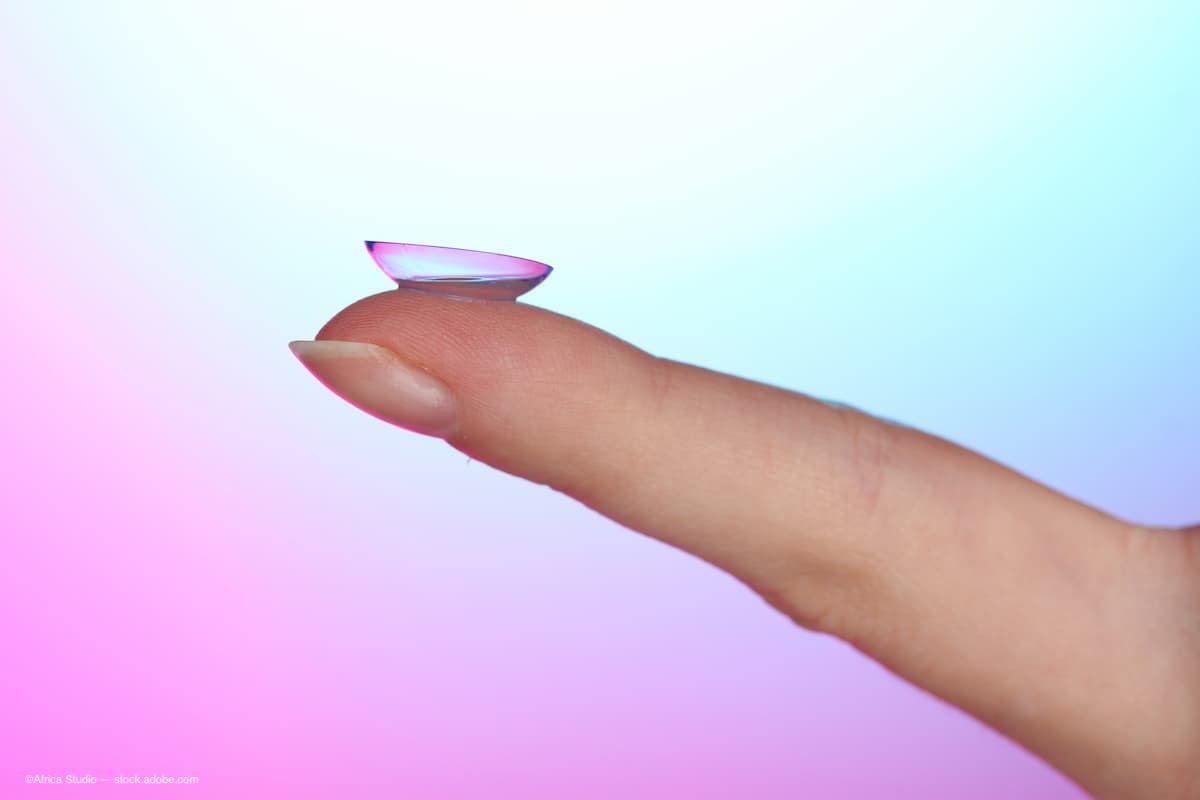Video
ASCRS Live: Apthera small aperture implant
Author(s):
John Hovanesian, MD, discussed his paper on the Apthera small aperture implant for patients with low degrees of astigmatism at the 2023 ASCRS annual meeting in San Diego.
John Hovanesian, MD, discussed his paper on the Apthera small aperture implant for patients with low degrees of astigmatism at the 2023 ASCRS annual meeting in San Diego.
Video transcript
Editor’s note: Transcript lightly edited for clarity.
John Hovanesian, MD:
Hi, I'm John Hovanesian. I'm in private practice at Harvard Eye Associates in Orange County, California, and I'm on the clinical faculty at the UCLA Jules Stein Eye Institute. I'm here at the beautiful San Diego Convention Center in San Diego at ASCRS. Here at this meeting, I had a paper that I presented on the topic of implantation of the AcuFocus, now Bausch and Lomb, Apthera small aperture implant for patients with low degrees of astigmatism.
Now, this small aperture implant isn't familiar to a lot of surgeons because a lot has been talked about on it in the past couple of years. And most of the discussion centers on irregular corneas, were to be sure, the small aperture implant has an important place as a unique therapeutic.
But our study looked at how do patients do when they have low amounts of astigmatism? In many ways patients coming for cataract surgery with low astigmatism - and that's a diopter or less between a half and one diopter - are in some ways, the hardest patients because It's hard to define exactly what axis they have, we get different responses from different machines. and we have limited implants of protruding below a diopter. Really none in the U.S. that are indicated for that lower amount of cylinder. With normal toric implants, a small amount of misalignment can mean a great loss of effectivity of the toric correction. But with the AcuFocus, Bausch and Lomb's small aperture Apthera lens, it really doesn't matter what axis you put the lens at, and it really doesn't matter whether It's smaller or larger amount of astigmatism up to a diopter and a half the lenses are indicated for correction of astigmatism, and of course, the bonus is, it gives a nice range of vision.
So, what our study really demonstrated was a cut of the FDA data from the approval study looking at those patients with lower versus higher astigmatism. And, what the paper showed, is that patients with low astigmatism we do just as Well as patients with higher astigmatism, meaning if I have a patient with low astigmatism, and I'm uncertain about the axis, and I don't really have an IOL that's ideally suited for them, the Apthera is something to think about. It's a lens that will not only correct that astigmatism reliably at any axis, but allow us to give the patient as Well a range of vision when they go through their cataract correction. I'm John Hovanesian. Thanks for watching.
Newsletter
Don’t miss out—get Ophthalmology Times updates on the latest clinical advancements and expert interviews, straight to your inbox.





.png&w=3840&q=75)















